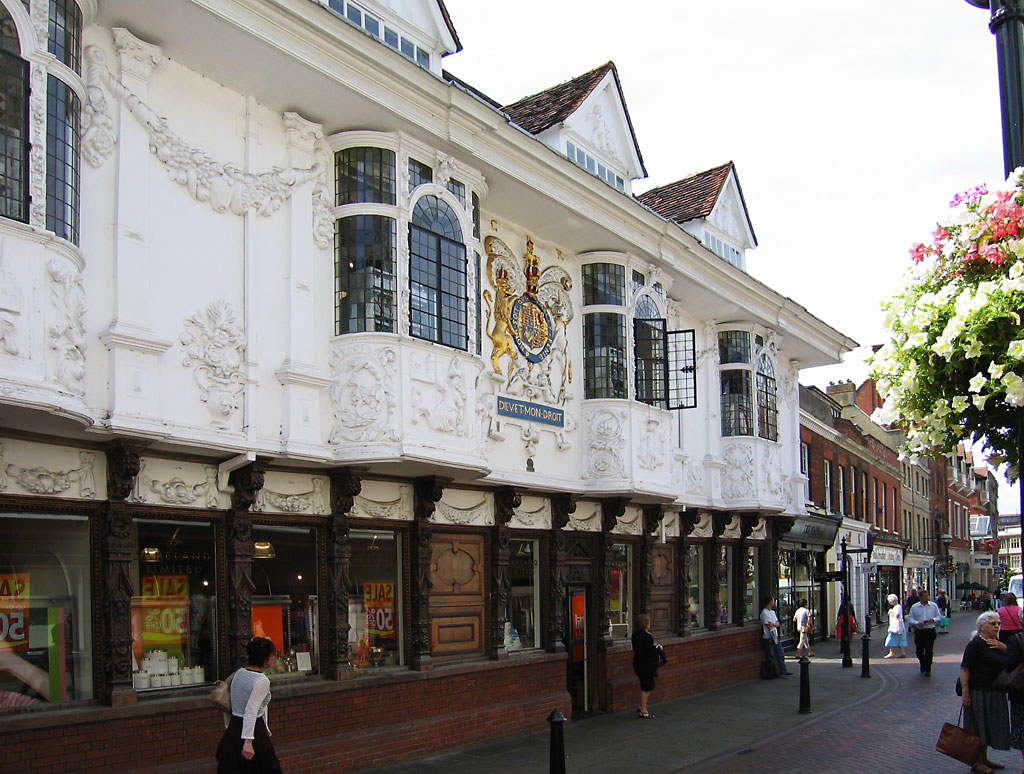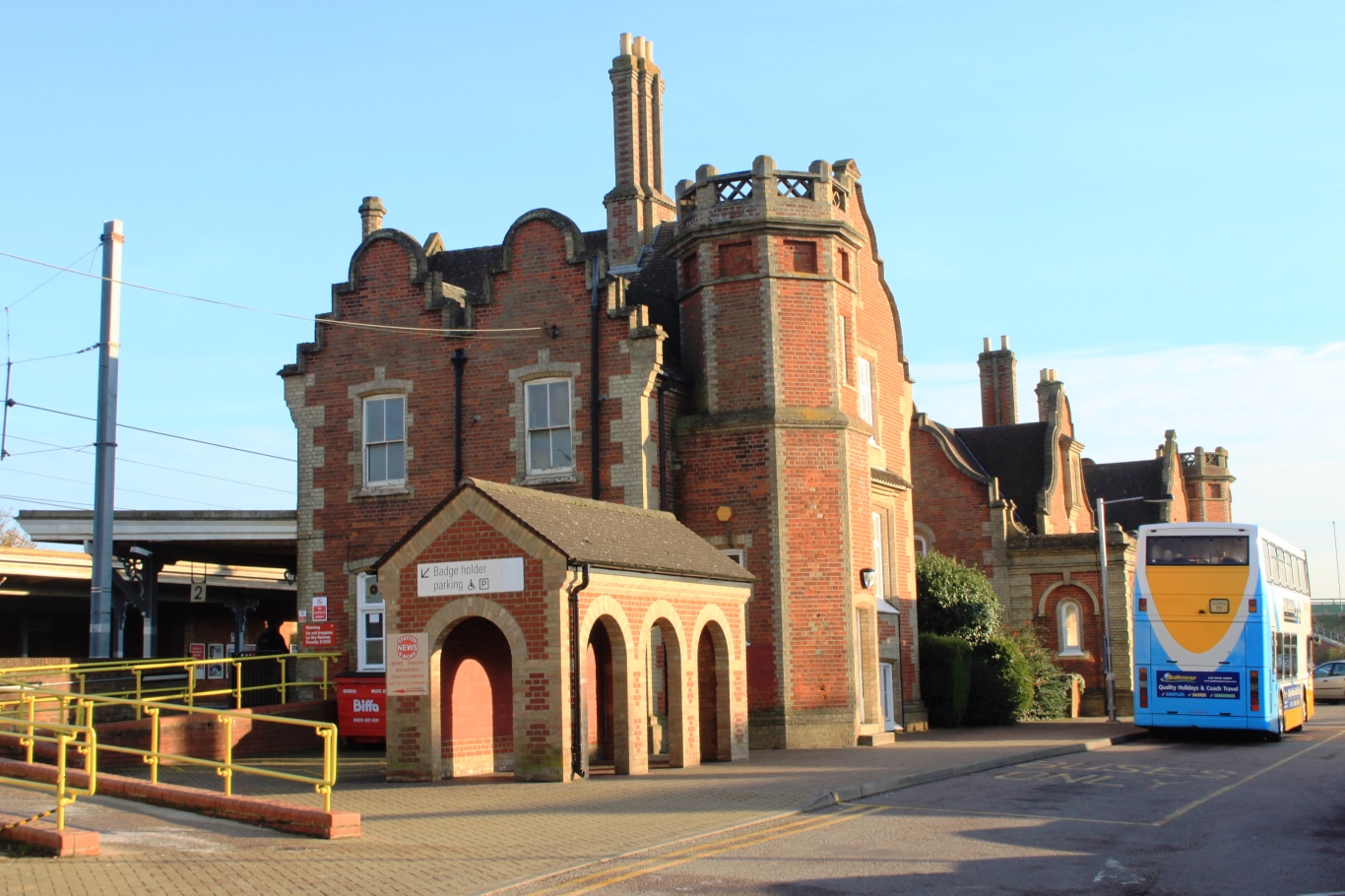|
Naughton, Suffolk
Naughton is a village and former civil parish, now in the civil parish of Nedging-with-Naughton, in the Babergh district, in the county of Suffolk, England. It is north-west of Ipswich and south-west of Stowmarket Stowmarket ( ) is a market town and civil parish in the Mid Suffolk district of Suffolk, England,OS Explorer map 211: Bury St.Edmunds and Stowmarket Scale: 1:25 000. Publisher:Ordnance Survey – Southampton A2 edition. Publishing Date:2008. o .... It was historically within the Cosford Hundred of Suffolk. The civil parish was merged with Nedging on 1 April 1935 to create "Nedging with Naughton". In 1931 the civil parish had a population of 98. Naughton is formed from the junction of two roads, the Whatfield Road which comes in from the south-west and heads north to Nedging Tye and New Road which comes in from the south-east. St. Mary's church is a 14th-century flint built church stands at the centre of the village, just west of this junction. History Sir ... [...More Info...] [...Related Items...] OR: [Wikipedia] [Google] [Baidu] |
Nedging-with-Naughton
Nedging-with-Naughton is a civil parish in the Babergh district of the county of Suffolk, England. Located on the B1078 between Bildeston and Needham Market, it consists of three settlements; * Naughton * Nedging * Nedging Tye The parish contains two areas classified as Ancient Woodland; Glebe Town Grove and Tyrell's Grove. Both sites are also nature reserve A nature reserve (also known as a wildlife refuge, wildlife sanctuary, biosphere reserve or bioreserve, natural or nature preserve, or nature conservation area) is a protected area of importance for flora, fauna, funga, or features of geologic ...s. In 2001 the population of the parish was 388, increasing to 404 at the 2011 Census. The parish was formed on 1 April 1935 from the parishes of "Nedging" and "Naughton" and part of Bildeston. References External linksParish council website Civil parishes in Suffolk Babergh District {{Suffolk-geo-stub ... [...More Info...] [...Related Items...] OR: [Wikipedia] [Google] [Baidu] |
Ipswich
Ipswich () is a port town and Borough status in the United Kingdom, borough in Suffolk, England. It is the county town, and largest in Suffolk, followed by Lowestoft and Bury St Edmunds, and the third-largest population centre in East Anglia, after Peterborough and Norwich. It is northeast of London and in 2011 had a population of 144,957. The Ipswich built-up area is the fourth-largest in the East of England and the 42nd-largest in England and Wales. It includes the towns and villages of Kesgrave, Woodbridge, Suffolk, Woodbridge, Bramford and Martlesham Heath. Ipswich was first recorded during the medieval period as ''Gippeswic'', the town has also been recorded as ''Gyppewicus'' and ''Yppswyche''. It has been continuously inhabited since the Anglo-Saxon settlement of Britain, Saxon period, and is believed to be one of the Oldest town in Britain, oldest towns in the United Kingdom.Hills, Catherine"England's Oldest Town" Retrieved 2 August 2015. The settlement was of great eco ... [...More Info...] [...Related Items...] OR: [Wikipedia] [Google] [Baidu] |
Suffolk
Suffolk ( ) is a ceremonial county in the East of England and East Anglia. It is bordered by Norfolk to the north, the North Sea to the east, Essex to the south, and Cambridgeshire to the west. Ipswich is the largest settlement and the county town. The county has an area of and a population of 758,556. After Ipswich (144,957) in the south, the largest towns are Lowestoft (73,800) in the north-east and Bury St Edmunds (40,664) in the west. Suffolk contains five Non-metropolitan district, local government districts, which are part of a two-tier non-metropolitan county administered by Suffolk County Council. The Suffolk coastline, which includes parts of the Suffolk & Essex Coast & Heaths National Landscape, is a complex habitat, formed by London Clay and Crag Group, crag underlain by chalk and therefore susceptible to erosion. It contains several deep Estuary, estuaries, including those of the rivers River Blyth, Suffolk, Blyth, River Deben, Deben, River Orwell, Orwell, River S ... [...More Info...] [...Related Items...] OR: [Wikipedia] [Google] [Baidu] |
Babergh District
Babergh District (pronounced , ) is a Non-metropolitan district, local government district in Suffolk, England. In 2021 it had a population of 92,300. The district is primarily a rural area, containing just two towns, Sudbury, Suffolk, Sudbury and Hadleigh, Suffolk, Hadleigh. The council was based in Hadleigh until 2017, when it moved to shared offices with neighbouring Mid Suffolk District Council in Ipswich, outside either district. The district is named after the medieval Babergh Hundred, which covered part of the area. The district includes parts of two designated Areas of Outstanding Natural Beauty, Dedham Vale National Landscape, Dedham Vale, known for its association with painter John Constable, and Suffolk Coast and Heaths. The neighbouring districts are East Suffolk District, East Suffolk, Ipswich, Mid Suffolk, West Suffolk District, West Suffolk, Braintree District, Braintree, City of Colchester, Colchester and Tendring District, Tendring. History The district was cr ... [...More Info...] [...Related Items...] OR: [Wikipedia] [Google] [Baidu] |
Civil Parish
In England, a civil parish is a type of administrative parish used for local government. It is a territorial designation which is the lowest tier of local government. Civil parishes can trace their origin to the ancient system of parishes, which for centuries were the principal unit of secular and religious administration in most of England and Wales. Civil and religious parishes were formally split into two types in the 19th century and are now entirely separate. Civil parishes in their modern form came into being through the Local Government Act 1894 ( 56 & 57 Vict. c. 73), which established elected parish councils to take on the secular functions of the parish vestry. A civil parish can range in size from a sparsely populated rural area with fewer than a hundred inhabitants, to a large town with a population in excess of 100,000. This scope is similar to that of municipalities in continental Europe, such as the communes of France. However, unlike their continental Euro ... [...More Info...] [...Related Items...] OR: [Wikipedia] [Google] [Baidu] |
Stowmarket
Stowmarket ( ) is a market town and civil parish in the Mid Suffolk district of Suffolk, England,OS Explorer map 211: Bury St.Edmunds and Stowmarket Scale: 1:25 000. Publisher:Ordnance Survey – Southampton A2 edition. Publishing Date:2008. on the A14 road (Great Britain), A14 trunk road between Bury St Edmunds to the west and Ipswich to the southeast. The town lies on the Great Eastern Main Line (GEML) between Diss, Norfolk, Diss and Needham Market, and lies on the River Gipping, which is joined by its tributary, the River Rat, to the south of the town. The town takes its name from the Old English language, Old English word ''stōw'' meaning "principal place", and was granted a market charter in 1347 by Edward III of England, Edward III. A bi-weekly market is still held there today on Thursday and Saturday. The population of the town has increased from around 6,000 in 1981 to around 21,000 in 2021, with considerable further development planned for the town and surrounding vi ... [...More Info...] [...Related Items...] OR: [Wikipedia] [Google] [Baidu] |
Cosford Hundred
Cosford was a hundred (subdivision), hundred of Suffolk, consisting of . The hundred consisted of Hadleigh, Suffolk, Hadleigh, the only town of any size, and seventeen other parishes in western Suffolk. The area is undulating and agriculturally-fertile with clay soil, watered by the River Brett and its tributary streams. It is about in length from north to south and around five wide, and is bounded by the Hundreds of Samford (hundred), Samford, Babergh (hundred), Babergh, Thedwastre Hundred, Thedwestry, Stow (hundred), Stow and Bosmere and Claydon (hundred), Bosmere and Claydon. Cosford was in Coxford Union in the Liberty of St Edmund and in the Deanery and Archdeaconry of Sudbury, Suffolk, Sudbury. The area was until the nineteenth century part of the diocese of Norwich until it was moved to that of Diocese of Ely, Ely. Hadleigh itself however is a peculiar of the Archbishop of Canterbury. Listed as ''Cursforde'' in the Domesday Book and subsequently known for a period as Co ... [...More Info...] [...Related Items...] OR: [Wikipedia] [Google] [Baidu] |
Nedging
Nedging is a village and former civil parish on the B1115 road, now in the parish of Nedging-with-Naughton, in the Babergh district, in the county of Suffolk, England. The nearest town is Hadleigh, there is also the hamlet of Nedging Tye nearby. In 1931 the civil parish had a population of 155. On 1 April 1935 it was merged with Naughton to create Nedging-with-Naughton. The parish church A parish church (or parochial church) in Christianity is the Church (building), church which acts as the religious centre of a parish. In many parts of the world, especially in rural areas, the parish church may play a significant role in com ... of St Mary is a Grade I listed medieval church. Nedging-with-Naughton parish make-up * Naughton *Nedging * Nedging Tye References Other sources * ''Philip's Street Atlas: Suffolk'' (2007). Philip's, p. 79. External links Nedgingat genuki.org.uk Villages in Suffolk Former civil parishes in Suffolk Babergh District Co ... [...More Info...] [...Related Items...] OR: [Wikipedia] [Google] [Baidu] |
Nedging Tye
Nedging Tye is a hamlet on the B1078 road, in the civil parish of Nedging-with-Naughton, in the Babergh district, in the county of Suffolk Suffolk ( ) is a ceremonial county in the East of England and East Anglia. It is bordered by Norfolk to the north, the North Sea to the east, Essex to the south, and Cambridgeshire to the west. Ipswich is the largest settlement and the county ..., England. The nearest town is Hadleigh. There is also the village of Naughton nearby. Nedging-with-Naughton parish make-up * Naughton * Nedging *Nedging Tye References * Philip's Street Atlas Suffolk, 2007 edition. p. 80. Hamlets in Suffolk Babergh District {{Suffolk-geo-stub ... [...More Info...] [...Related Items...] OR: [Wikipedia] [Google] [Baidu] |
Villages In Suffolk
A village is a human settlement or community, larger than a hamlet but smaller than a town with a population typically ranging from a few hundred to a few thousand. Although villages are often located in rural areas, the term urban village is also applied to certain urban neighborhoods. Villages are normally permanent, with fixed dwellings; however, transient villages can occur. Further, the dwellings of a village are fairly close to one another, not scattered broadly over the landscape, as a dispersed settlement. In the past, villages were a usual form of community for societies that practice subsistence agriculture and also for some non-agricultural societies. In Great Britain, a hamlet earned the right to be called a village when it built a church.Dr Greg Stevenson, "Wha ... [...More Info...] [...Related Items...] OR: [Wikipedia] [Google] [Baidu] |
Former Civil Parishes In Suffolk
A former is an object, such as a template, gauge or cutting die, which is used to form something such as a boat's hull. Typically, a former gives shape to a structure that may have complex curvature. A former may become an integral part of the finished structure, as in an aircraft fuselage, or it may be removable, being used in the construction process and then discarded or re-used. Aircraft formers Formers are used in the construction of aircraft fuselage, of which a typical fuselage has a series from the nose cone to the empennage, typically perpendicular to the longitudinal axis of the aircraft. The primary purpose of formers is to establish the shape of the fuselage and reduce the column length of stringers to prevent instability. Formers are typically attached to longerons, which support the skin of the aircraft. The "former-and-longeron" technique (also called stations and stringers) was adopted from boat construction, and was typical of light aircraft built until th ... [...More Info...] [...Related Items...] OR: [Wikipedia] [Google] [Baidu] |




